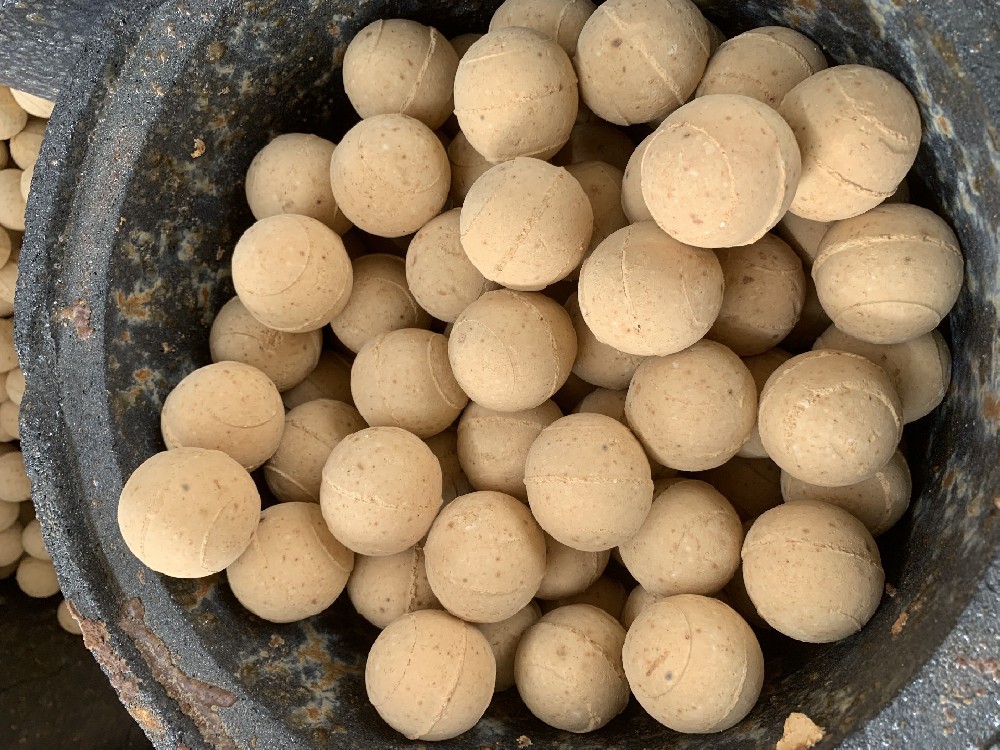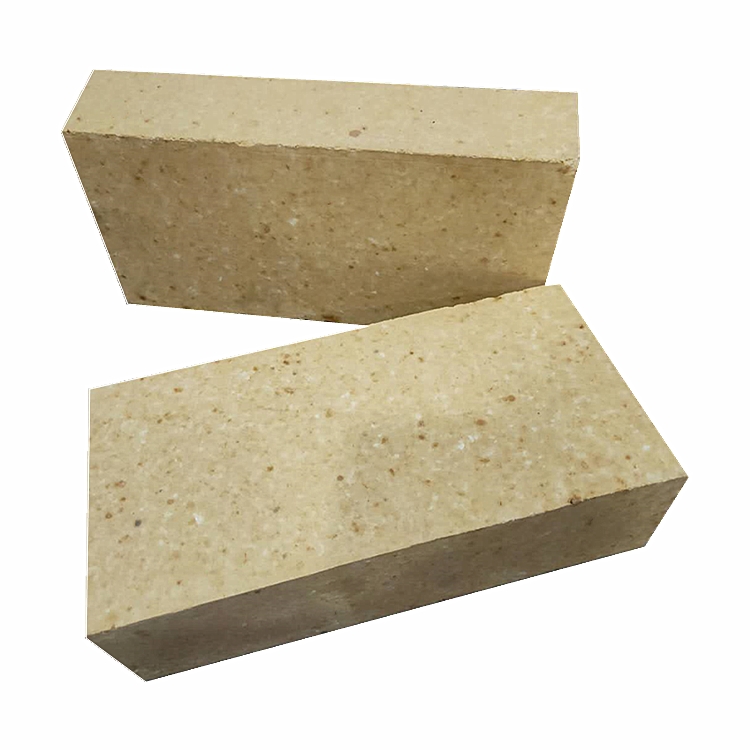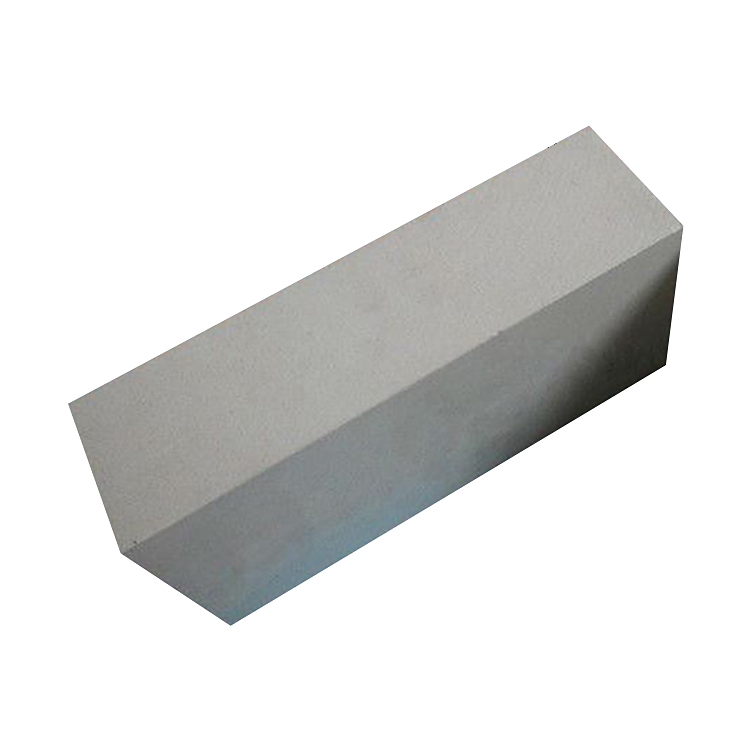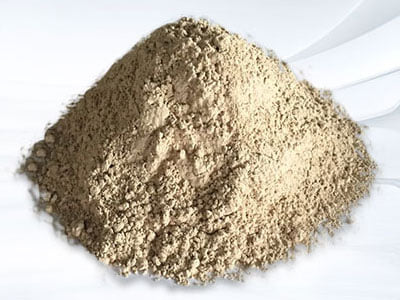What are the factors that affect the results of refractory magnesia carbon brick performance test?
What are the factors that affect the results of refractory magnesia carbon brick performance test?
Refractory magnesia carbon brick is a type of magnesium refractory material. Magnesium refractory materials have high refractory resistance and strong ability to resist alkaline residue. The most extensive and most important type of refractory materials is also the most commonly used refractory material for high temperatures such as glass melting kiln heat storage room and cement kiln. As the main raw material for the production of refractory magnesia carbon brick, it has excellent physical properties: the non -moisturizing, high thermal conductivity, and low thermal expansion of the slag are not co -melted with refractory materials at high temperature and high refractory resistance. There are high -quality diamond magnesium ore resources and a large number of refractory magnesia carbon brick production enterprises in Liaoning Province. Liaoning Provincial Product Quality Supervision and Inspection Institute undertakes the supervision and random inspection, production license issuance and commission inspection of refractory magnesia carbon brick in Liaoning Province. There are many production enterprises with unqualified air pores and unqualified gas -resistant pressure during the inspection process. A great negative effect. The following briefly introduces factors that affect the results of the air perforated and pressure resistance, and the accurate test results detected according to national standards.
1. Factors affecting the test results of the air perforated rate
The air perforation rate is an important indicator of the quality of the refractory product. It not only reflects the density of refractory materials, but also indicates whether its manufacturing process is reasonable.
1) The impact of sample preparation
The sample preparation is based on GB/T7321-2004 "Preparation Method for Fixed Fire Product Sample". The principle of determining the sample part of the method is to control the sample of the weak parts of the refractory product or the key parts used. The production site of the gas hole rate sample is the corner of the sample. Because the corners of the corners are smaller than the middle part in the process of molding, the corners are the weak parts of the sample, so cut the sample on the corner of the sample for inspection.
2) The impact of water
During the drying process, control the temperature, accurately weigh the quality before and after drying, so that the sample can reach the constant weight. The last two weighing quality differences do not exceed 0.1%, and the water is drained to reduce the interference of water on the results.
3) The influence of the dip
In the inspection project, selecting kerosene as an immersion, and the reason for the selection of kerosene as an immersion is the poor wetness of water to graphite. By selecting water and industrial pure kerosene as different immersive fluids, the research on magnesium carbon bricks with 14%to 18%of carbon content shows that the results measured by industrial kerosene as an impregnation are about 14%higher than water.
According to the above analysis, it can be seen that in the test, pay attention to the above -mentioned influencing factors to obtain data with the real gas pores of magnesium carbon bricks.
2. Factors affecting the result of pressure resistance
Although the refractory material is rarely damaged by the static load at normal temperature, the pressure resistance strength can indirectly evaluate the wear resistance and impact resistance of the product, and does not burn the intensity of the product. Therefore, the normal temperature resistance of refractory materials is a common inspection item for judging the quality of the product. The inspection basis for pressure resistance is GB/T5072-2008 The "Experimental Method of normal temperature resistance pressure strength".
1) The impact of sample preparation
The samples of the normal temperature resistance strength and the samples of the air pores are made at the corner of the sample, and the sample is weak. The sample is taken from the pressure surface of the product, because the graphite is a scale -like crystal, which is large in parallel and vertical direction. The scales of graphite are easily arranged vertically in the process of suppression process.
2) The influence of flatness
The pressure on both ends of the cylindrical sample of the drilling cylindrical sample should be polished and flat. If the surface flatness is poor, the surface of the sample is uneven, and the local stress concentration will generate a huge oblique broken crack, which cannot reflect the true pressure resistance of the sample.
3) The impact of water
During the drying process, control the temperature, so that the sample is constant, the water is drained to prevent the sample from moisture.
3. Requirements for magnesium carbon brick production enterprises
The production of high -quality refractory magnesia carbon brick products with low air pores and high pressure resistance is the goal that each refractory material company should continue to work hard. This requires a refractory magnesia carbon brick production enterprise to choose the raw material of the low -air pores. According to the most closely accumulated principle, a reasonable granular level is adopted, and the size, shape and division of the pores are controlled by adjusting the particle size of the material ingredients and forming the composition. Reasonable use of the binding agent, fully mixing, high -pressure molding. Resistant material manufacturers should also further improve equipment levels, technical conditions, production processes, and detection methods to improve the competitiveness of enterprises.
4 conclusion
During the inspection process, in strict accordance with national standards, pay attention to every detail in the test process, and obtain data that accurately reflects the sample. Provide enterprises with accurate inspection data and fulfill their supervision responsibilities. Refractory magnesia carbon brick production enterprises should also continue to improve production and inspection capabilities to adapt to fierce market competition.
-

Thermal storage alumina balls
The Thermal storage alumina ballsis made of industrial alumina and refractory kaolin as the main raw materials through scientific formula, forming and high-temperature calcination.Thermal storage alumina ballss are divid··· -

Anti-stripping high alumina brick
Use description of Anti-stripping high alumina brick1. Anti-stripping high alumina brick has a good application in low temperature parts such as large and medium-sized cement precalciner, kiln smoke chamber, indoor decom··· -

Anti-stripping high alumina bricks
Anti-stripping high alumina bricks are made of high alumina bauxite clinker, mullite, kyanite, zircon sand, and binder after granulating and powdering processes, mixed in a certain proportion, pressed into shape, and fir··· -

silica hot repair refractory
Performance index of silica hot repair refractoryThe material is a kind of plastic unshaped refractory material, its main component is SiO2, it is made of special clinker and various binders and additives, and it is proc···

